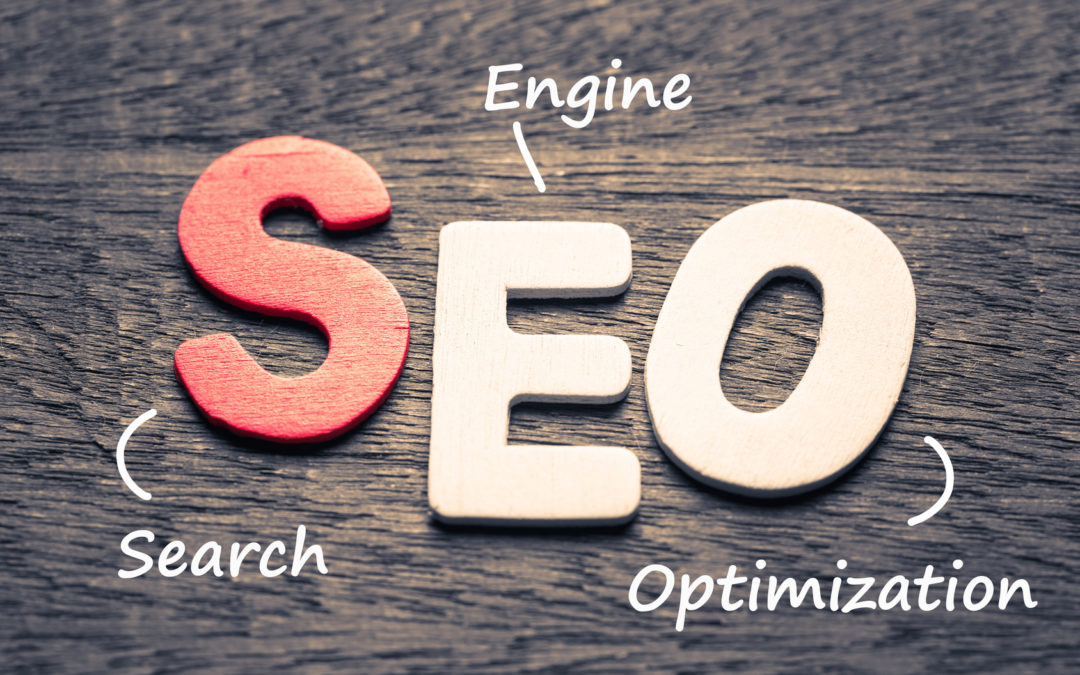The content of a site, when used to attract visitors and convert them, falls under a content marketing strategy. According to the Content Marketing Institute, 80% of B2B marketers have a content marketing strategy, with around 30% of them having the strategy in document form. By itself, content can help sell products and services, but when combined with SEO (search engine optimization), the effects are quantified. Keywords can be nested inside of content, thus providing valuable information to your users, while attracting new ones through the search engines. So how can you craft an effective content strategy for your website? Let’s find out.
The meta-strategy
To start, you’ll want to identify the goals of your content marketing efforts. We’ve already established that you want to improve your SEO by using keywords within the text, so the next question is—what do we hope to achieve? This can all be written out in a short mission statement that outlines your target audience, the type of content that you will use to reach them, and the benefit they will draw from reading your content. In terms of end goals, you can choose to:
- Increase revenue
- Increase sales
- Increase traffic
- Gain influence and authority
- Lower marketing costs
- Improve social media engagement
Once the general outline is complete and the goals have been set, you want to set some key performance indicators (KPIs) for your website. The KPIs are meant to measure the performance of your strategy by setting milestones towards the goals you’ve set for yourself. For example, a KPI might measure:
- Revenue per month, quarter or year
- Number of signups or form submissions
- New email subscribers
- Website traffic increase
- Improvements in search engine ranking
- The increase in social media mentions, shares, and comments
It’s also important to keep an eye on negative metrics such as costs, and how it relates to various types of content and campaigns. This metric will help you determine the cost-per-lead and cost-per-conversion, and help you optimize your strategy as it evolves.
The audience
The next step in the strategy involves understanding the audience. There are three components to this:
- Collecting demographic data, such as age, gender, education, and income. You can also gain a lot of insight by using tools such as Google Analytics, which tracks the various interests of your users, or the analytics tools from the various social media platforms that you use.
- Receiving customer feedback – feedback regarding your current content, the customer’s needs, your effectiveness in addressing them, and the type of content that they’d be most interested in.
- Creating buyer personas – once you have the demographic data and customer feedback on hand, you can create accurate buyer personas, which helps establish the customer’s pain points, challenges, behavior motivators, and sources of information.
The content
When it comes to content, you want to start by assessing your current position. Is the content you’ve currently put out there delivering on the KPIs noted in your strategy? If not, why? There are tools that can analyze and identify all of the ways in which your content falls short in terms of SEO and other metrics. From Google Analytics to SEMRush, you have plenty of options.
You also want to figure out your best channels. Here, Google Analytics is great once again, and you also have Buzzsumo at your disposal. Finally, you have to figure out which type of content delivers the best results using one of these tools, and then allocate resources towards the most effective efforts. From here on out, it’s all about creating the content properly, measuring results, and then tweaking the strategy as you go.
Tailor your Naperville Search Engine Optimization content strategy today
If you want to start doing Search Engine Oprtimization (SEO) for your business in the Naperville area, we would be happy to assist you. Contact us today and we can start laying the foundation for your content strategy.


